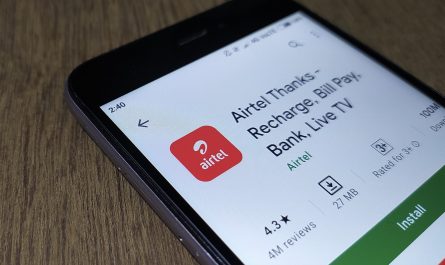RTGS transfer is becoming one of the most preferred forms of payment. Thanks to no upper limit on transaction value and real-time settlement, both individuals and businesses prefer this mode of payment. It is quick and easy. In this article, we will talk about how RTGS transfer process works, RTGS charges and how you can do RTGS transactions both online and offline.
Let’s get into more details about this mode of money transfer.
How does RTGS process work?
RTGS stands for Real Time Gross Settlement. Here, Real-time refers to the immediate settlement of funds and Gross Settlement means the individual settlement of transactions.
When you transfer funds using NEFT (National Electronic Fund Transfer), the settlement process takes place every half hour in batches. Therefore, there is a certain time which is consumed in the transfer of funds. But, with RTGS, no two different transactions are batched together. Every individual transaction is processed right away leading to real-time settlements.
That’s how RTGS works. Now let’s understand how you can send funds using the RTGS method.
Fund Transfer using RTGS – RTGS process
The RTGS process of transferring funds both online and offline is quite straightforward if you keep a few pointers in mind.
- You can only do a RTGS transfer if your bank account is RTGS enabled.
- RTGS transactions can take place from specific home branches only. Do check with your bank to know more.
- Relevant details of beneficiary’s account.
Online RTGS transfer steps
RTGS transactions can take place online by using net banking services. Here are the steps:
To add beneficiary to your account
- Login to your net banking account using your credentials.
- Find ‘Funds Transfer’ tab.
- Now click on Add Beneficiary>Select Beneficiary Type> Transfer to another Bank.
- Here you need to fill in these details: Beneficiary account name, IFSC code, Account number, and bank’s name.
- Click on ‘Add’ tab and hit confirm.
- You will get the confirmation in some time if your beneficiary is added or not.
To transfer funds using the RTGS system
- Once the beneficiary is added, go to the Funds Transfer tab.
- Click on the RTGS option. Since your beneficiary is added, you will see your beneficiary’s name in the list. Select the same for fund transfer.
- Now enter the amount you wish to transfer. Remember RTGS minimum amount which can be transferred is Rs. 2,00,000.
- Now review the details once again and hit confirm. The funds will be reflected in the beneficiary’s account in some time.
Offline RTGS transfer steps
The offline RTGS process for fund transfer is almost similar but requires a physical visit to your bank’s branch.
- Visit the RTGS-enabled branch of your home bank to conduct the RTGS transaction.
- Ask for the RTGS fund transfer request form. You will need to fill in the same details as the online method.
- While visiting the bank, don’t forget to carry your cheque book. You will need to attach a cheque leaf with the request form to process the transaction.
- Review the details you have entered and if everything is correct, hand it over to the bank officials.
- The bank official will also review the information and then process your request. The bank will then debit the transfer amount from your account and transfer it to the beneficiary’s account using RTGS. The transfer will take place in real-time.
RTGS charges for online transfer
Earlier, the banks used to charge somewhere around Rs. 5 to Rs. 50 for an RTGS transfer. But to promote more digital payments in the current world, RBI has removed any RTGS charges for transactions of any value, for every bank.
Let’s also talk about when you can make an RTGS transaction.
RTGS Timings – when can you transfer the funds using RTGS?
Earlier, RTGS transfers were restricted by banking hours both on weekdays and weekends.
But, as of December 2020, thanks to net banking, RTGS transactions are allowed 24X7 on all days.
How much time RTGS takes?
RTGS transfer time is extremely fast when compared to NEFT. Given that transactions happen in real-time and on an individual basis, it takes less than 30 minutes for the funds to be transferred from your account to the beneficiary’s account.
Summary
RTGS is an effective mode of payment for high-value transactions. It has no upper ceiling on the transaction amount. Thanks to RBI, you can now send funds with zero fees and 24X7 every day. The steps to transfer the funds both online and offline are quite easy. You need to follow the steps mentioned above properly. Make sure you review the account details carefully before processing the payment.
With an RTGS transfer, your transaction is secure. The RTGS system is powered by RBI. Plus, there is no additional RTGS charges involved either.
For other small-value transactions, opt for NEFT or any BHIM UPI payment app like Airtel Thanks is efficient.


 Get App
Get App  Airtel Store
Airtel Store  Login
Login 


